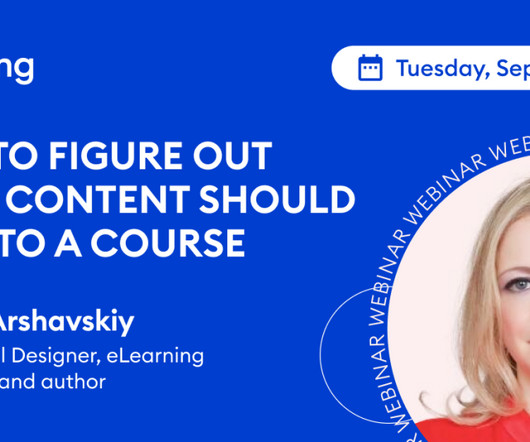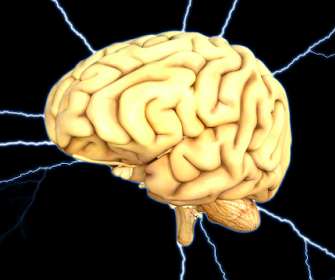Deeper learning
Learning with e's
MAY 24, 2014
This is number 5 in my blog series on major learning theories. My plan is to work through the alphabet of psychologists and provide a brief overview of their theories, and how each can be applied in education. This is a simplified interpretation of the theory, so if you wish to learn more, please read the original works.














































Let's personalize your content